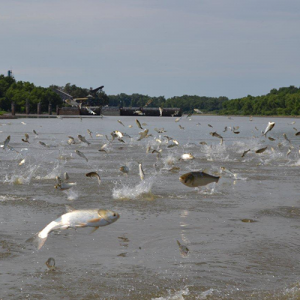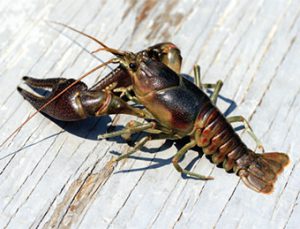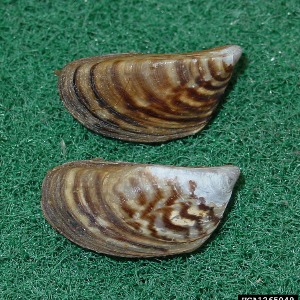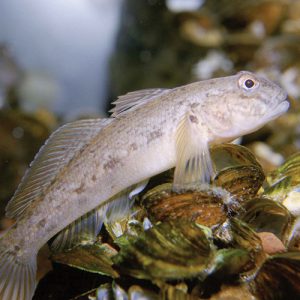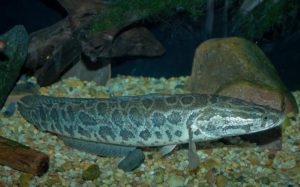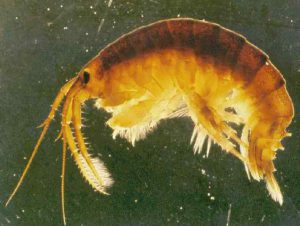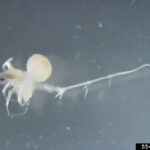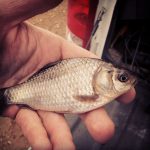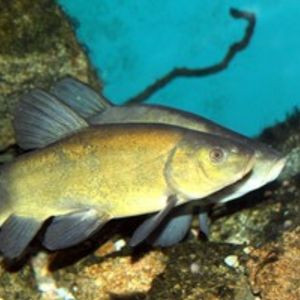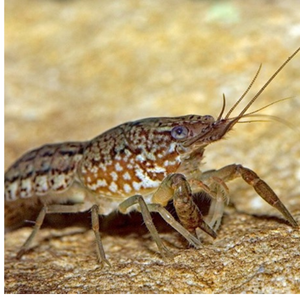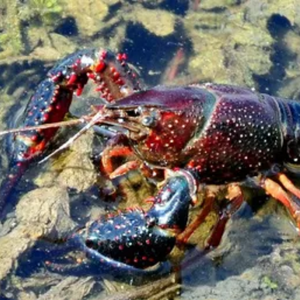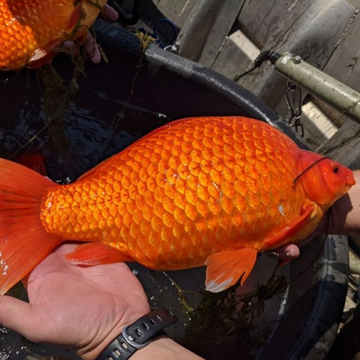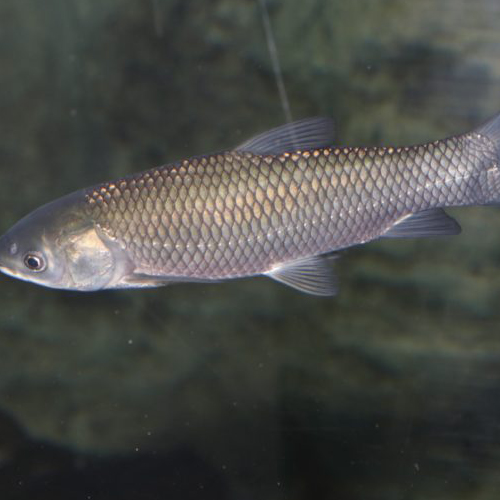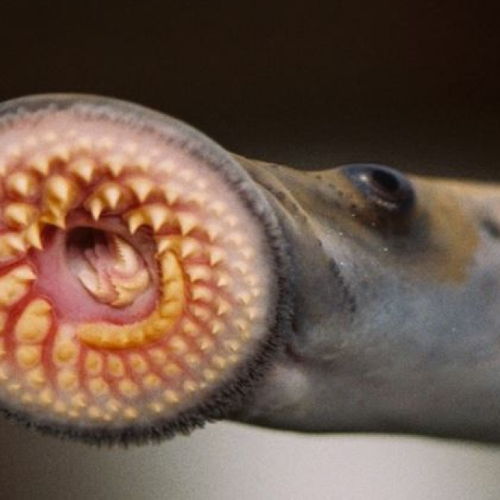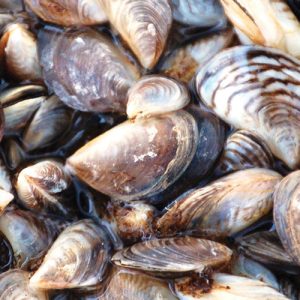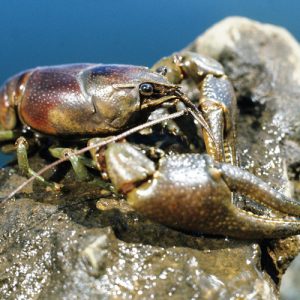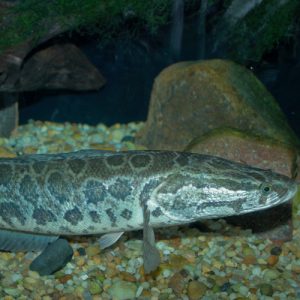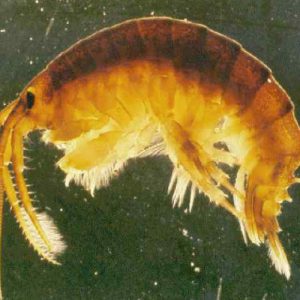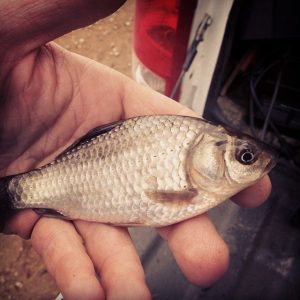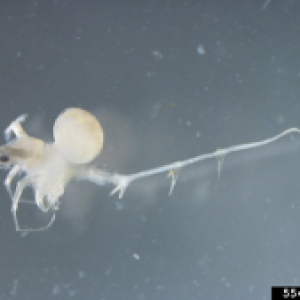Invasive fish and invertebrates species pose a significant threat to all bodies of water, from small streams, to large lakes, to oceans. Invasive fish and invertebrate species can dramatically alter food web structures, decreasing the food available for native species. As a result, direct competition leads to population declines in native species and loss of biodiversity.
The loss of native fish species dramatically impacts the fishing industry, both commercial and recreational. Invasive fish and invertebrates also pose a serious threat to recreational water activities, making it difficult and even dangerous to swim and boat.
Human activity is a primary reason for invasive aquatic species spread. Improper equipment cleaning and illegal movement of fish has made the invasion of isolated water systems possible. To help prevent the spread of aquatic invasive species, clean, drain, and dry all water sport equipment, clothing, and pets thoroughly after they come out of the water. Keep in mind that it is illegal to transport invasive fish between water bodies and to possess live invasive aquatic species!
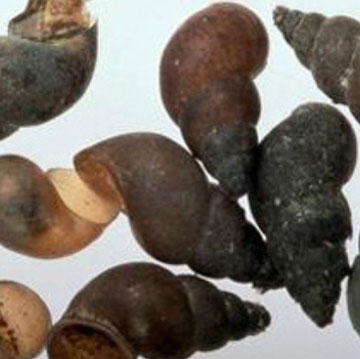

New Zealand mud snails are aquatic snails that can be found in waterways including lakes, rivers, and streams. Their high reproductive potential, coupled with their ability to consume up to half of the food available to native mollusks and insects
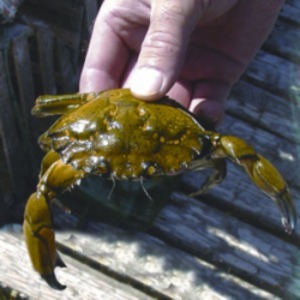

European green crabs threaten coastal ecosystems by destroying eelgrass and shellfish beds, outcompeting native crab species, and through preying on native species.
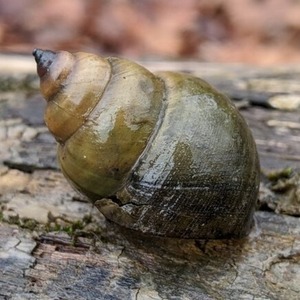

Once they have become established in an ecosystem, the Chinese Mystery Snail effortlessly outcompetes native mollusks and filter feeders for food and habitat.
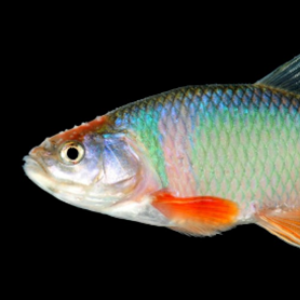

Red Shiners are habitat generalists meaning they can easily adapt and thrive in a wide variety of aquatic environments
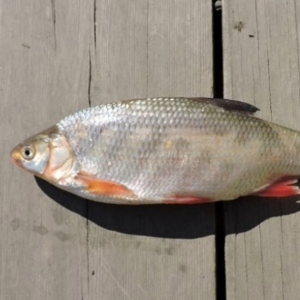

Ide are capable of hybridizing with other introduced carp species such as common carp and rudd

